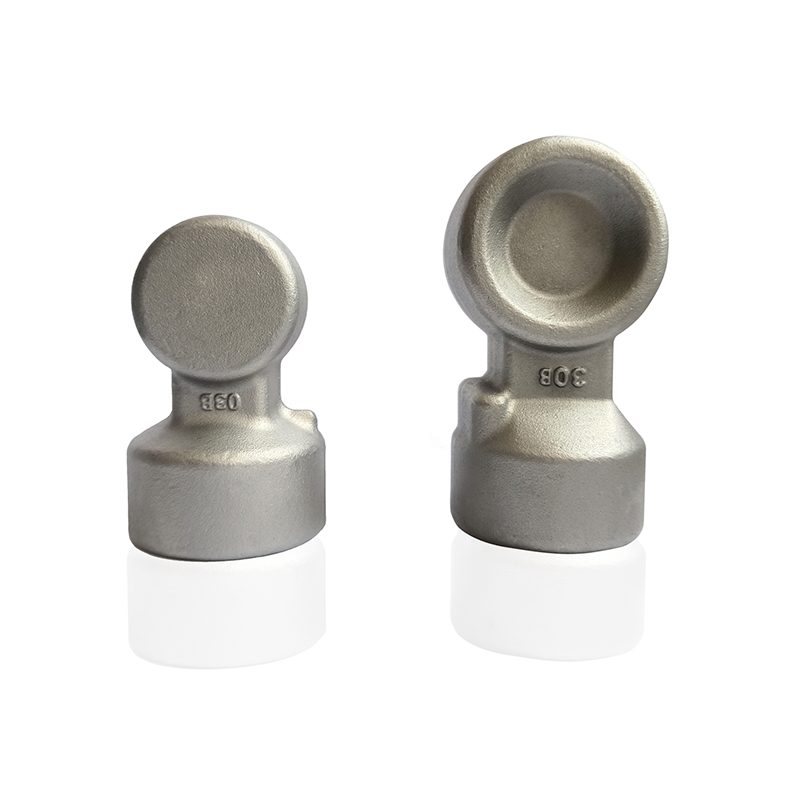Choosing the Right Differential Pressure Transmitter for Your Application: Key Considerations
 2024.11.18
2024.11.18
 Industry news
Industry news
These transmitters are critical components in many industries, measuring the pressure difference between two points and providing data that ensures processes are running smoothly. However, the right choice depends on a variety of factors such as the environment, the type of media being measured, installation requirements, and maintenance needs.
One of the first things to consider is the environmental conditions in which the Differential Pressure Transmitter Body will operate. The transmitter must be robust enough to withstand the specific conditions of the process, whether it's exposure to extreme temperatures, corrosive substances, high humidity, or mechanical stresses. For example, stainless steel bodies are often favored for their corrosion resistance in chemical industries, while specialized alloys or coatings may be necessary for applications where exposure to aggressive chemicals is frequent. The body material ensures not only the longevity of the device but also the accuracy of the readings over time by protecting the internal components from erosion or contamination.

Next, the pressure range and accuracy of the transmitter play a crucial role in the selection process. Differential pressure transmitters are available in various pressure ranges, from low to high, and it's essential to match the transmitter’s capabilities to the expected pressure conditions of the application. A transmitter with too high a range might suffer from reduced accuracy, while one with too low a range might be unable to measure extreme pressures accurately. The accuracy of the device must also align with the requirements of the process—industries such as pharmaceuticals or oil and gas may require high-precision measurements to maintain safety and compliance. Furthermore, some processes involve fluctuating pressures, so choosing a transmitter that can adapt to dynamic conditions while maintaining stable readings is crucial for process control.
The type of process media being measured is another critical consideration. Differential pressure transmitters are designed to handle specific types of fluids or gases, and compatibility with the media is paramount to ensure longevity and reliability. For instance, if the process involves abrasive slurries, the transmitter must be resistant to wear and capable of accurately measuring the pressure differences without being damaged. Similarly, for highly viscous or corrosive fluids, selecting a transmitter with specialized materials and protective coatings is necessary to prevent damage and ensure precise measurements.
The installation environment should also be considered when selecting a differential pressure transmitter. Transmitters may need to be installed in hard-to-reach areas, where ease of installation and maintenance becomes a priority. Some transmitters are designed with easy-to-install flanges or threaded connections to simplify integration into piping systems. Additionally, the size and weight of the transmitter can influence the overall system design, especially in space-constrained areas or systems with strict weight limitations. For systems that require ongoing monitoring or in areas where safety is a concern, choosing a transmitter with features like remote monitoring or advanced diagnostics can also improve operational efficiency.
Moreover, response time is an often-overlooked factor that can have a significant impact on system performance. In fast-moving or real-time control processes, a differential pressure transmitter with a quick response time ensures that pressure changes are detected immediately, enabling rapid corrective actions. This is especially important in applications such as liquid level measurement in tanks or in systems where pressure fluctuations directly affect the product quality or system stability.
Finally, maintenance and calibration are key aspects of long-term performance. Differential pressure transmitters must be easy to maintain and calibrate to ensure they provide accurate readings over time. Regular maintenance prevents wear and tear, while recalibration ensures that the transmitter stays in line with its original performance standards. Some advanced models offer self-diagnostics and fault detection, which can be invaluable in reducing downtime and maintaining system reliability.




















